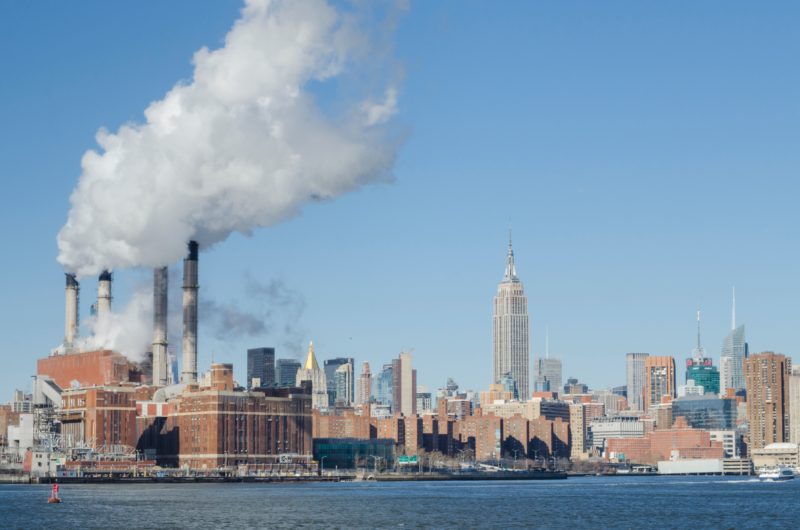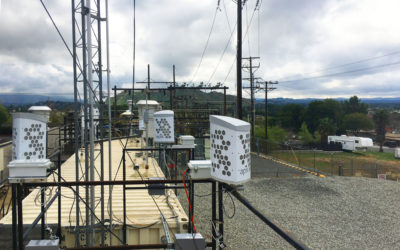With the calls for Social Justice growing and getting more media attention, community leaders are looking for long-term solutions to many of the issues that have gone unchecked, since, well, always.
Social justice is the equal distribution of opportunities, rights, and responsibility, despite differences in physical traits and/or beliefs, behavior, and income. It is an international and multifaceted issue that fights for better treatment and equality of people.
Environmental justice often goes unmentioned in the day to day discussions of social justice, yet attention to the environment is critical to the health and well-being of marginalized communities. Something as simple as monitoring the air quality can create a chain of actions leading to improved quality of life for millions of people living in these communities.
Environmental research shows that environmental issues can be foundational in striving for overall community health. Air quality most heavily and immediately impacts those who spend prolonged time outside. In communities where people are walking, working, playing, and living out in the open air, what they are breathing directly affects their health and quality of life.
Lower income communities are often centered around manufacturing and processing facilities, and heavy traffic areas. There is a long standing chicken and egg question in environmental research and justice. Some areas, where polluting industrial facilities and hazardous waste sites were built, became popular, affordable areas to build housing for the workers of those facilities. As the economy has changed, all too often we have seen the plants close, leaving a depressed community of unemployment and abandoned facilities.
We also see these same industries, as well as high traffic systems, that affect air quality, grow in areas that are predominantly low income because the real estate is cheaper and there is less political clout to oppose the unwanted, environmentally impactful projects.
Whether the facility closes, leaving abandoned structures, or continues to operate, the smells, sites, and noises they create make these communities less desirable, cheap, and therefore populated with disproportionately high concentrations of low-income residents and minorities.
These communities get stuck with the stigma of “low income” and the problems compound. For example, they often have a large number of high-emitting older vehicles, and the streets are characterized by short blocks with abundant stop signs, causing frequent emission spikes from the accelerating of vehicles.
Many recent studies have shown poorer communities suffer from bad air more than wealthy communities. The air quality that adversely effects these poorer communities can be a substantial contributor to the ongoing depressed economy.
Freshly emitted ultra-fine air pollutants are known to cause asthma, heart attacks, stroke, diabetes, low birth weight, and other health complications. Along with these health problems come many detrimental side effects that contribute to the cycle of poverty like lost wages, unemployment, depression, disabilities, school dropouts, and homelessness, to name a few.
Data may be the foundation of change. Advances in air quality monitoring allow for the collection of detailed data of the air quality, hour by hour, and in specific areas. This information can create a path for action in this important branch of social justice. Through data, community advocates can determine which ultra-fine pollutants are affecting communities, the patterns of the pollutant distribution, what factors are causing the pollutants, and when they are the most concentrated. This information will be a valuable asset in the fight to create change.
Once air quality is on the radar of the community, giving the residents a tool to monitor the air and make choices accordingly, will be incredibly empowering. Awareness leads to action, and in this case, action can lead to a breath of fresh air for generations to come. Members of the community can join together with advocates, using the air quality information to organize and reach out to local government for support in creating solutions. As innovative companies, like Apis, step into the Environmental justice arena, there is hope for breathing easier. Apis is developing an app, for smartphones, that along with their state of the art air quality monitors can place air quality data, literally, in the hands of the people who need it most.
________________________________________________
Follow Apis, and their dedication to positive community change, through better air quality, on Facebook and LinkedIn
Apis. Inc, is an air quality data provider, headquartered in Grants Pass, OR, that provides everything required to create a community air quality monitoring network.
Are you a citizen or lawmaker who would like to see an air quality monitoring station in your community? You can contact Apis here at www.apis-aq.com




